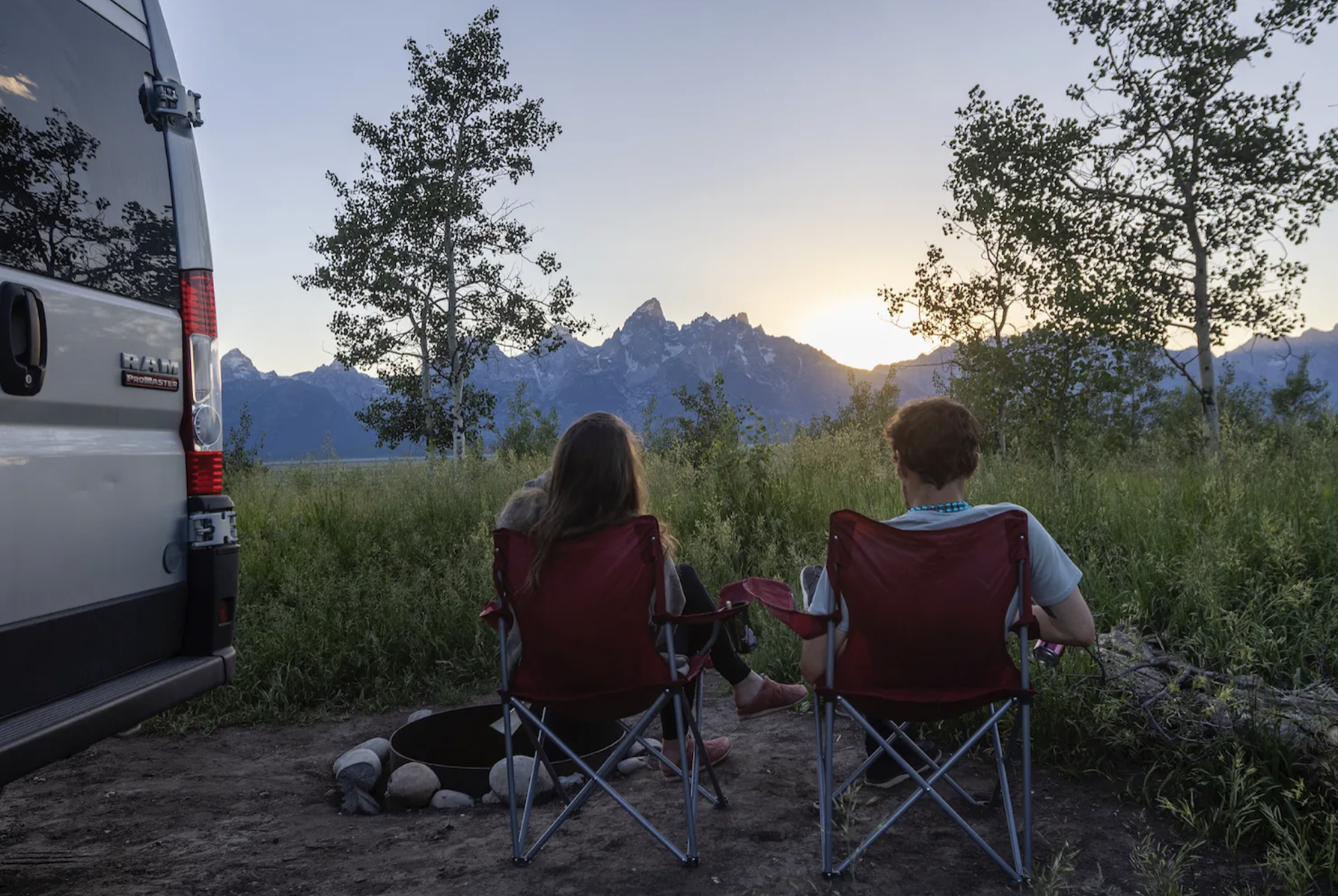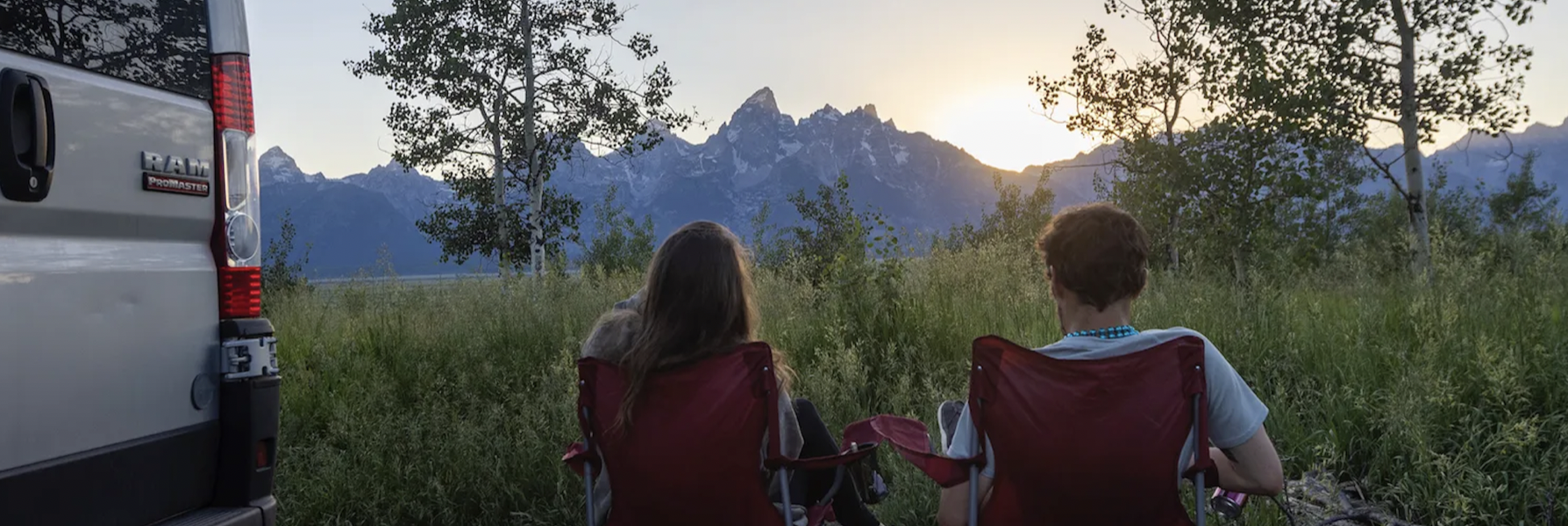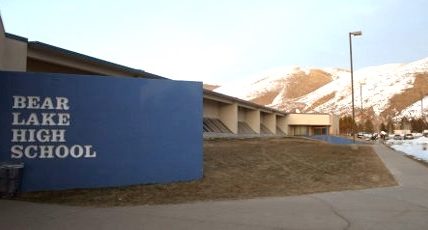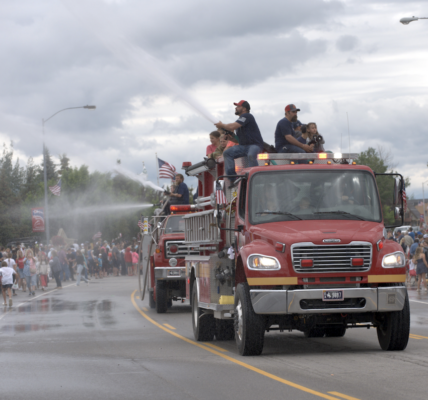
• Wyoming districts are implementing or proposing changes to expand capacity, improve infrastructure and regulate use.
By Katie Klingsporn, WyoFile.com
Via- Wyoming News Exchange
As campers continue to flood into national forests — often towing large trailers, side-by-sides or outdoor gear — districts across Wyoming are taking steps to increase capacity, regulate use, protect resources and generate revenue for upkeep.
Visitation and participation data indicates outdoor recreation’s popularity is here to stay, prompting overburdened staff to rethink camping management with both human behavior and the health of the landscape in mind.
Here’s a look at three initiatives taking place across Wyoming’s vast acreage of national forest.
New rules in the Bighorns
On the 1.1-million-acre Bighorn National Forest, Supervisor Andrew Johnson recently signed an updated order with new rules aimed to address long-standing dispersed camping problems in the popular northern Wyoming forest.
“We were hearing loud and clear from members of the public, forest users, county commissioners, members of our communities that addressing the dispersed camping challenges was important to folks,” Johnson said at a June steering committee meeting. The long-simmering problems mostly revolve around users “saving” spots by parking empty vehicles there or overstaying their limit.
The district has extended the forest’s 14-day stay limit to year-round. In addition, when visitors hit the stay limit, forest regulations will require them to move any personal property five road miles before establishing a new campsite. Wildlife attractant storage is also required, prompted by increasing bear conflicts, Johnson said.
The problems stretch back decades, Johnson said, and stem from issues like diminishing availability of sites in light of growing crowds, an inadequate ability to enforce camping limits and resource damage caused by overuse and rogue trails.
One of the biggest “complaints our front desks and our employees get,” Johnson said, “is all of the unattended property.”
Compounding the issue, Johnson said, has been under-staffing, which hampered the agency’s ability to enforce the stay limit. The district recently secured funding to hire a number of patrol positions, which he said should help to educate users and enforce the rules. Staff will also make a concerted effort to remove abandoned property from the forest, he said.
The new rules are the result of a process initiated around 2016 that led to the creation of a dispersed camping task force, which issued recommendations to the forest in 2020. Those recommendations also included: creating a sticker program to authorize dispersed camping, identifying designated dispersed camping sites and expanding a trailhead to allow overnight camping. Those could still be considered down the line, Johnson said, noting the forest will reevaluate the rules at the end of the year.
A new court-ordered fee schedule calls for higher penalties for violations of the rules, Johnson added. Violators will now be charged $100 after the 14th day, with a $30 processing fee plus an additional $20 per day over the limit. “And that adds up,” he said. “So there’s a much better deterrent I think for folks overstaying the 14-day limit.”
Improving a hard-hit area in the Bridger-Teton
Bridger-Teton National Forest is midway through plans to improve a campground that’s been hit particularly hard by visitation. Curtis Canyon Campground sits less than 10 miles from Jackson Hole and butts up to Grand Teton National Park and crucial winter wildlife range.
“That proximity makes it a really valuable area,” said Linda Merigliano, U.S. Forest Service recreation wilderness program manager. “And then also, the views are spectacular.”
Hordes of campers have flocked to Curtis Canyon in recent years. A heavy concentration of dispersed camping and off-highway vehicle use combined with a lack of road maintenance have resulted in serious road deterioration as well as vegetation loss, human waste issues, poor visitor experience and public safety concerns, according to the Forest Service.
So when the Bridger-Teton secured access to $500,000 in federal Infrastructure Act funds, Curtis Canyon was an obvious candidate for improvements, Merigliano said. The agency in January released a scoping document proposing several upgrades to the area.
They include: repairing the access road; expanding the first-come-first-served campground with 22 new campsites and a pit toilet; restoring damaged areas such as unauthorized road spurs; and relocating the popular Goodwin Lake trailhead.
The forest had already implemented a designated site program, added signs and recruited a camping ambassador to educate and assist visitors at Curtis Canyon.
“These actions have helped reduce impacts but have not kept pace with increased use,” the scoping document reads. “The time for repeated band-aids has passed.”
The forest accepted comments through March 3.
Merigliano was part of a site visit last week, and said the road to Curtis Canyon has only worsened under recent rainy conditions. Gullies and deep ruts thread through the road, and pond-sized puddles necessitate high-clearance vehicles, she said.
More field survey work needs to occur to inform projects like campground expansion and trailhead work, she said, but the agency is likely to issue a decision soon on the road repair in order to get started on drainage improvements ASAP.
“It’s pretty bad right now,” she said of the road condition.
Of the 32 comments submitted for the scoping document, many supported the general concept of improvements. One commenter wondered, however, where the cycle of crowd-fueled damage ends.
“What has happened there in the past decade-plus is disheartening to say the least,” Franz Camenzind wrote. “What is being proposed is a good start to better manage in the area and slow its degradation. Ironically, what is being proposed will only bring more visitors to the are (sic) and bring more impacts and challenges.”
The Bridger-Teton is also planning improvements to trailheads and trails in the busy Granite Creek corridor.
New fee proposal in the Med-Bow
The Medicine Bow-Routt National Forests and Thunder Basin National Grassland are proposing fee increases at 93 day-use and campground sites in the 2.9-million-acre system spanning eastern Wyoming and northern Colorado.
The increases will allow the agency to keep up with demand, address deferred maintenance and “be able to put a good product out for the American public,” said Aaron Voors, a public affairs officer for Medicine Bow-Routt National Forests and Thunder Basin National Grassland.
The move is overdue, he said. “We have not done a good job with that for a variety of reasons over the last 20-plus years since we increased the fees back in 2002,” he said. “We’re trying to just catch up.”
Wildfires, the bark beetle epidemic and other issues have dominated the agency’s work in recent years, he said. In the meantime, maintenance work has accumulated, and sites need upgrades to accommodate evolving needs like the ubiquity of camper trailers. The fee proposal also folds into a larger strategy of accommodating growing use.
The Med-Bow proposal would hike fees at 67 existing sites and institute them at 26 others — 60 are in Wyoming. At Vedauwoo Campground, for example, fees would increase to $20 per site from $10, while use of the gazebo would increase to $75 a day from $50. Funds will be used for everything from road improvements to toilet services.
National forest visits are increasing, Voors said, and Med-Bow district managers want to point people to developed recreation sites, partially because “it helps take some of the impacts of dispersed recreation off of the forest.”
Comments will be accepted through Nov. 1. The district will hold public open houses, including several in July.
WyoFile is an independent nonprofit news organization focused on Wyoming people, places and policy.





